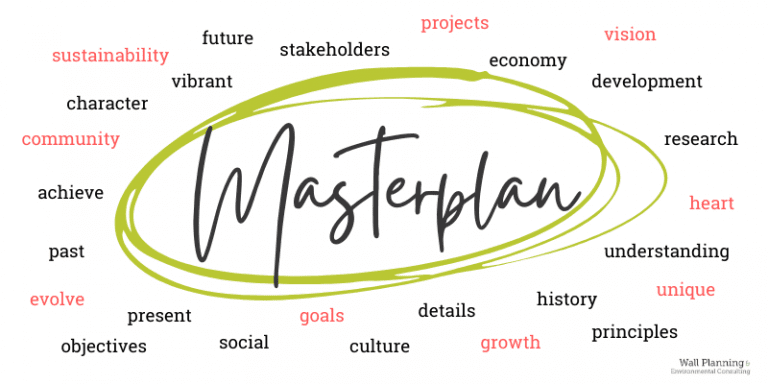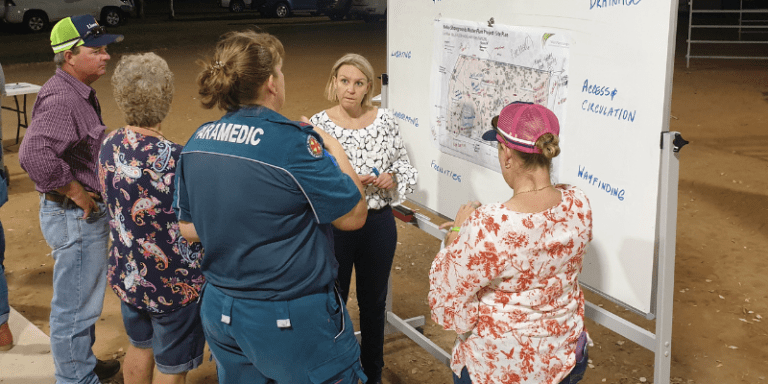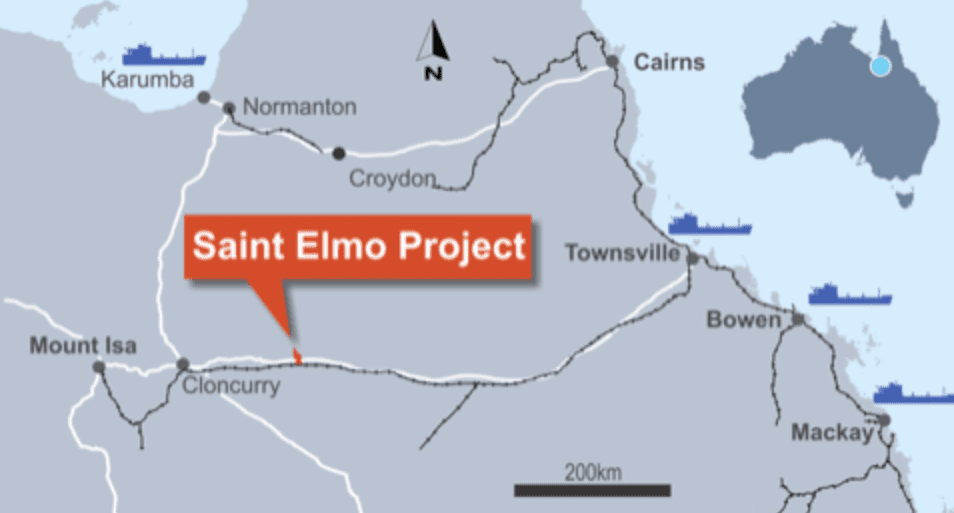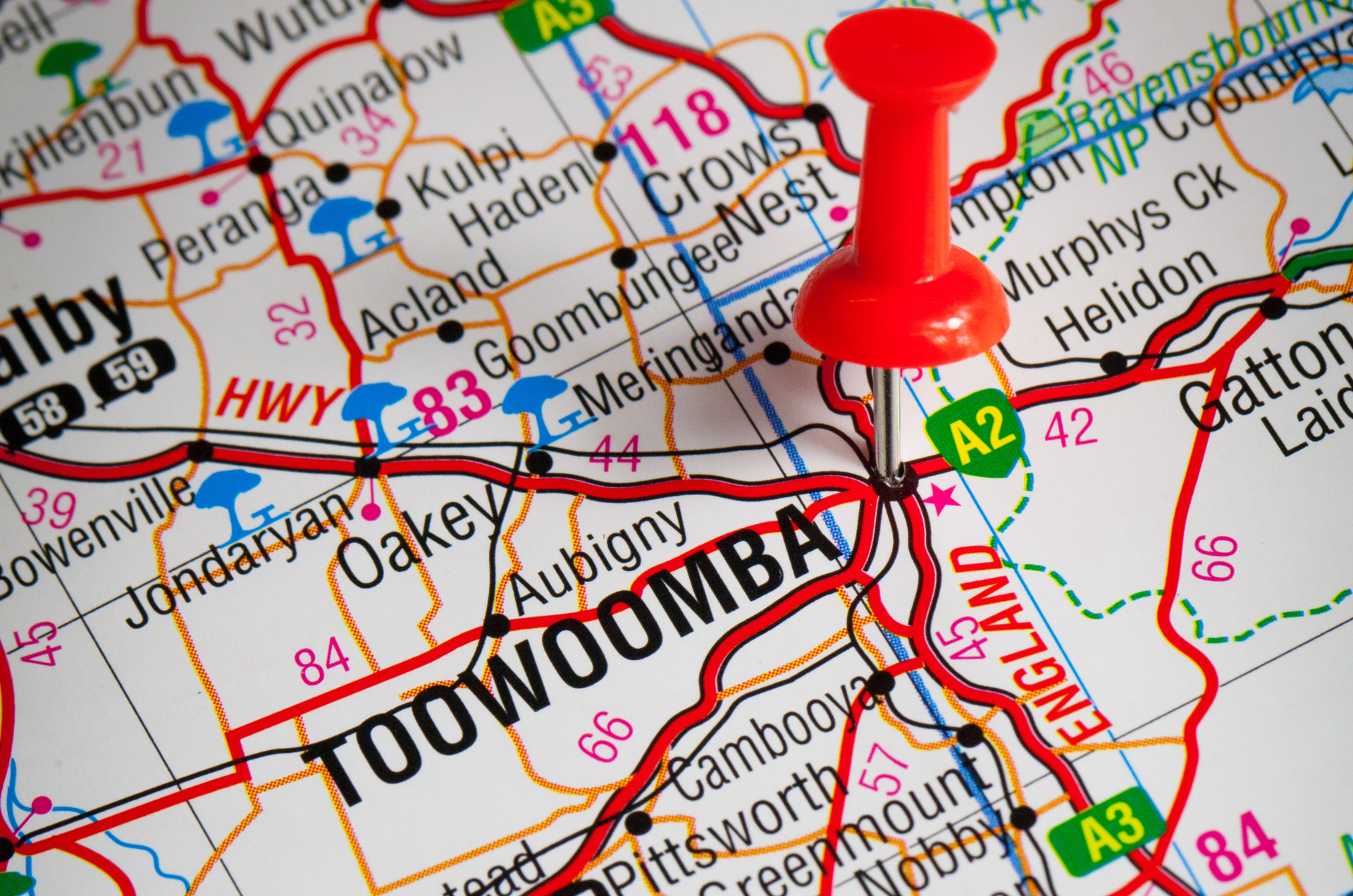When it comes to big scale projects, we’re all guilty at some point of thinking, “Come on! You know what needs to be done – just do it!”, but is that a realistic approach to the growth and development of a community? This is where a masterplan comes into play.
What is a Masterplan?
A masterplan (or master plan) is a framework that lays out the long-term path of a major development project, breaking down every aspect of that project to create an achievable vision, goal, and timeline. The master plan takes into account the past, present, and future influences and impacts to ensure the plan is suited to its community and sustainable throughout the timeline and beyond.
Most commonly, masterplans are used by local governments for major projects and upgrades such as the complete redevelopment of an important public space.
It’s not uncommon for these masterplans to encompass a 20-year period, or more. This allows the organisation to budget for something truly worthwhile that can be rolled out in stages for the community to enjoy.
How is a Masterplan Developed?
The masterplan itself is often a smaller, easily digestible document – a summary that highlights the objectives, principles, and signature projects that have been planned for the duration of the long-term project.
It’s what’s behind the masterplan – the masterplan report – that you can see the detail that goes into developing the masterplan.
The masterplan report is about so much more than choosing a nice swing set and shrubs for a park. It’s a comprehensive compilation of data drawn from extensive research, stakeholder engagement, and community consultation. This includes delving into details such as:
- History and culture;
- Current site use and planned use;
- Current and intended users;
- Social and community benefits;
- Economic benefits;
- Trend analysis – weighing up challenges and opportunities;
- Public consultations – gathering feedback from community and stakeholders; and
- Implementation, costing, and funding.
All these pieces fit together to form the vision, objectives, principles and signature projects that make up the final masterplan.
This is what the community has had – this is how the community has changed – this is what the community wants and needs – this is how we can give it to them sustainably.
The True Heart of a Masterplan
This will, of course, depend on the project. However, given masterplans are commonly used by organisations like local councils, the true heart of most masterplans will be COMMUNITY.
Developing a masterplan and project that is perfectly suited to its community requires an intimate knowledge and understanding of that community and what makes it unique. That’s why so much research and consultation goes into the development of a masterplan.
The success of a masterplan isn’t about the formula, it’s about the details. The same formula – the types of information sought – can be applied to each community and will come up with different results EVERY time.
It is about understanding the unique character of the place or venue and celebrating that.
Projects supported by masterplans are big. Huge. There is a phenomenal amount of time, money, effort, and heart that goes into projects of this size. You want to get it right the first time.
Once the goal is achieved, it shouldn’t become immediately irrelevant. You want to know the community so well that the project becomes sustainable – it embraces the past and strives for the future, designed and planned to be of continued benefit and to evolve with its community.
Masterplans in Rural and Regional Queensland
The team at Wall Planning and Environmental Consulting pride themselves on being experts in master plans for rural and regional Queensland . We live, work, and breathe these communities and recognise the uniqueness and individual needs of each community. We thrive on being able to merge vision-worthy ideas and desires with practical specifications to create a master plan that brings vibrancy and sustainability to the community.





